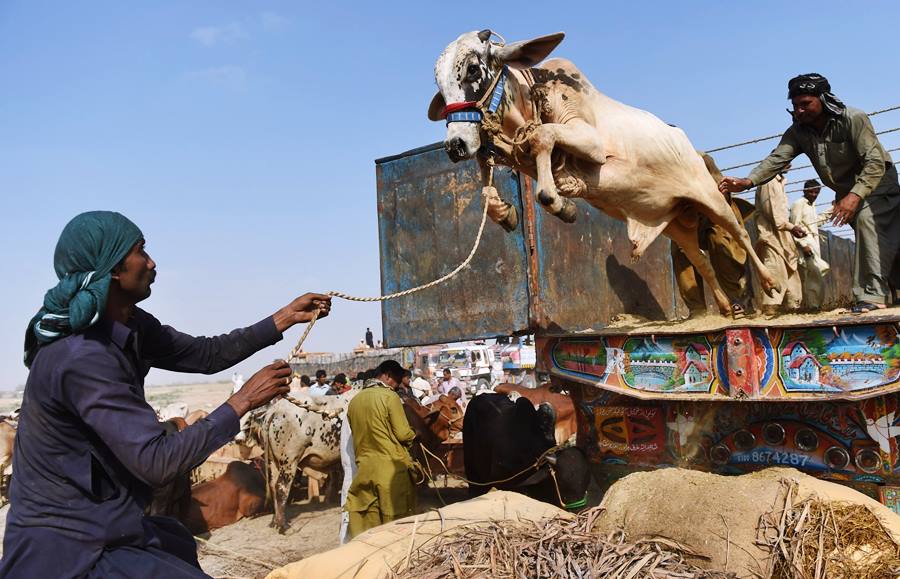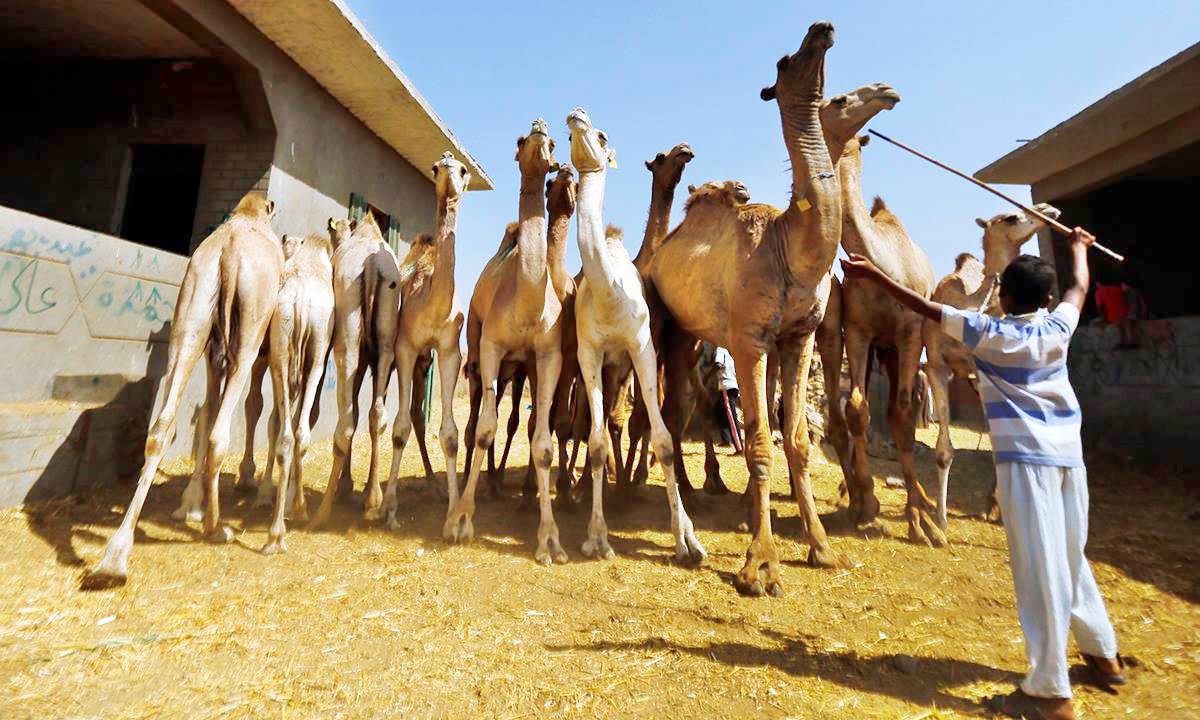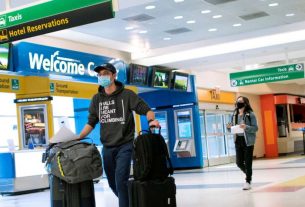Fri 31 July 2020:.
The World Health Organisation (WHO) has issued guidelines for the upcoming celebrations of the Eid Al-Adha festival, from July 30 to August 3 (dates differ per sighting of the moon) as the Covid-19 pandemic continues worldwide.
Guidelines titled “Safe Eid al Adha practices in the context of COVID-19” were released by the WHO on July 25 as “public health advice for social and religious practices and gatherings during Eid al Adha that can be applied across different national contexts.”
First things first, the WHO stresses that “cancelling social and religious gatherings should be seriously considered,” adding that “any decision to restrict, modify, postpone, cancel, or proceed with holding a mass gathering should be based on a standardized risk assessment exercise, taking into account current epidemiological trends, capacities, and resources.”
However, if one is to proceed with social and religious gatherings and animal slaughter, there are a range of measures to be taken, surrounding prayer venues, dealing with livestock, slaughtering of animals and processing and distribution thereof.
Prayer venues

Apart from observing social distancing and encouraging mask wearing at the venues, the WHO suggests holding the prayers outdoors, else ensuring that the indoor venue has adequate ventilation. In addition, shorter events with fewer people are encouraged instead of large gatherings.
Moreover, the WHO guidelines call for regulating the number and flow of people entering, attending and departing from worship spaces. At the same time, the authorities are advised to consider measures to facilitate contact tracing in the event that an ill person is identified among the attendees of the event.
Mosques usually have designated areas to perform ablution. Such washing facilities should be adequately equipped with soap and water, and alcohol-based hand-rub (at least 70 percent alcohol) should be provided at the entrance to and inside mosques.
As for the prayer halls, the WHO recommends worshipers bring their personal prayer mats to place over carpets.
Furthermore, authorities managing the mosques are advised to routinely clean and disinfect worship spaces, sites and buildings, and frequently clean often-touched objects such as doorknobs, light switches, and stair railings with detergents and disinfectant.
Sacrificial slaughter

Buying cattle is one thing, and slaughtering it on the designated day is altogether a different can of worms. Most countries are now moving toward having designated slaughterhouses where people can take their sacrificial animal for slaughtering by expert butchers in relatively sanitary conditions. However, many still follow the convention of getting the deed done at their doorstep.
In this view, the WHO guidelines sternly advise countries to take strict measures around the selling and slaughtering of animals and the distribution of meat while ensuring that national food safety and hygiene regulations are enforced.
The guidelines call for enforcing proper procurement of animals, especially for importation of livestock, and refrain from slaughtering animals that appear sick, and plan for dedicated space for quarantine and isolation of suspected ill animals. At the same time, enough space ought to be allocated in dedicated enclosures to safely house an increased influx of animals and avoid unsanitary overcrowding.
Moreover, the WHO strongly discourages slaughter at home. Instead, the authorities are advised to increase the number or capacity of slaughter facilities to encourage best practices and ensure safety and physical distancing standards, for both public and staff.
Physical distancing, hand hygiene and proper cough etiquette are essential while processing animals and the staff should be aware of COVID-19 signs and symptoms, the guidelines stress.
Furthermore, waste management for unused animal by-products should be in place and facilities should have a contingency plan in the event of contamination or an outbreak.
Charity and gatherings
The battle is only half won once the sacrificial animal is brought to its holy demise, for now comes the moment of meat distribution and gatherings.
The WHO suggests that when people distribute meat, they should consider physical distancing measures, and it is better to nominate one household member to perform and order the sacrifice, preferably through centralized agencies or services.





